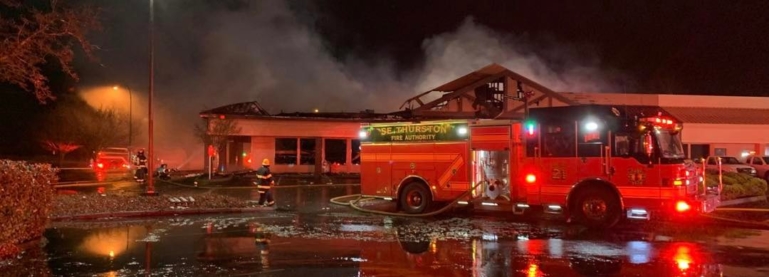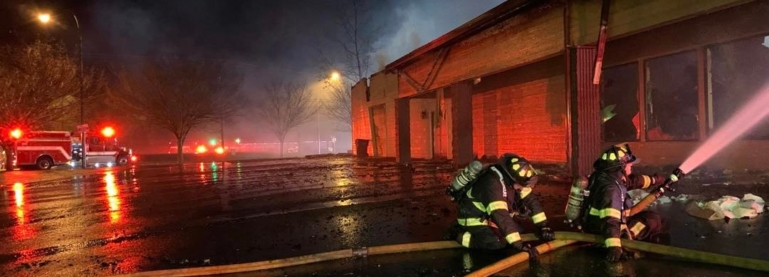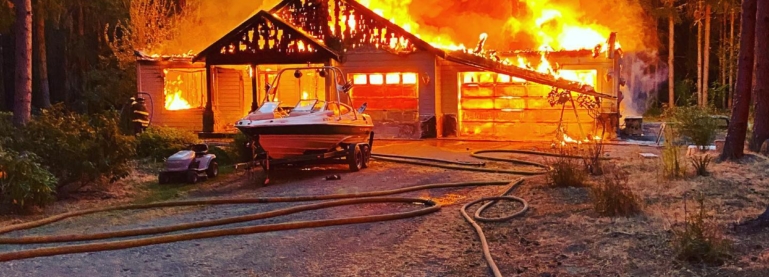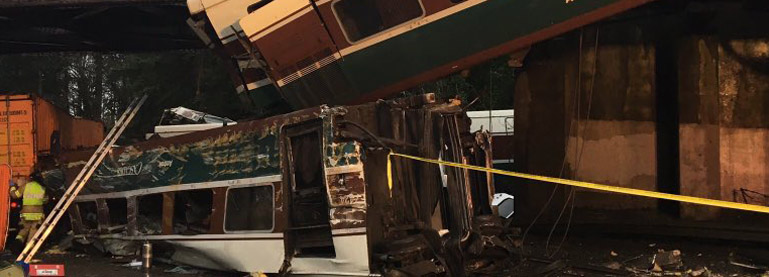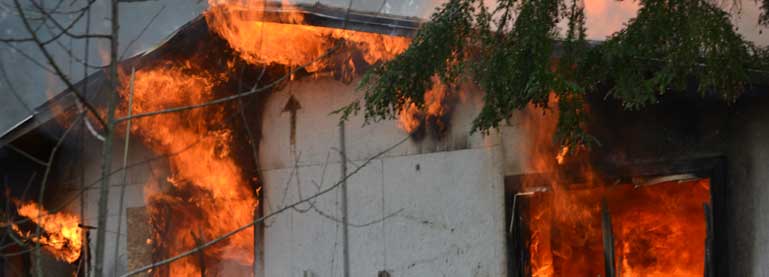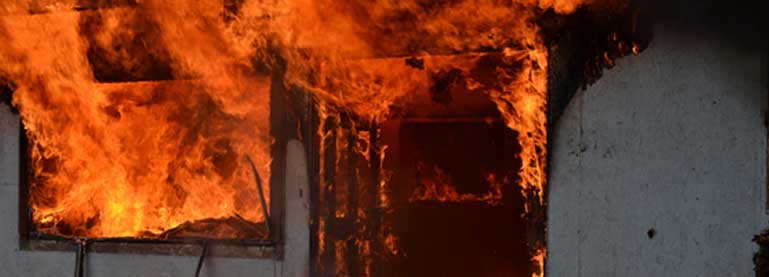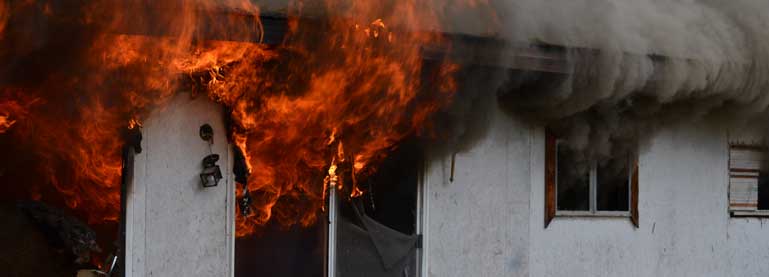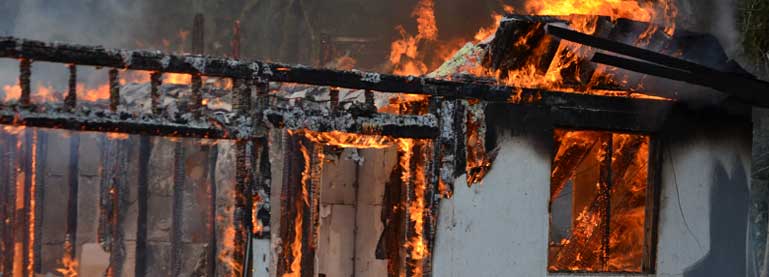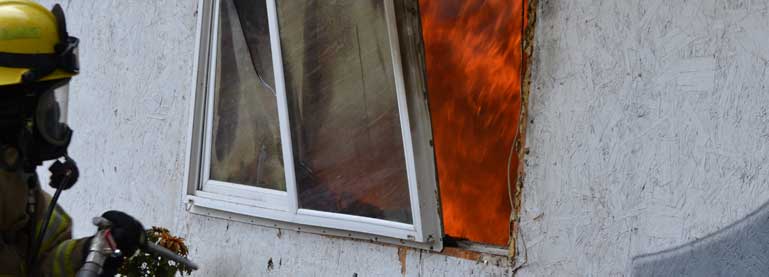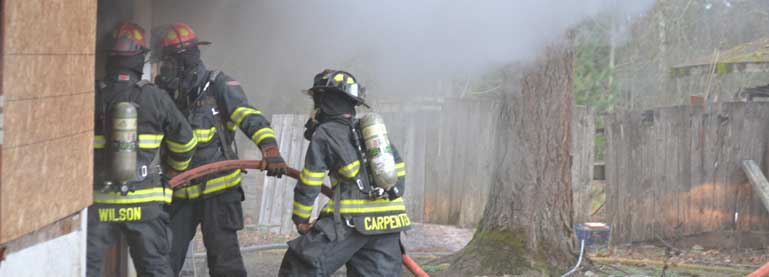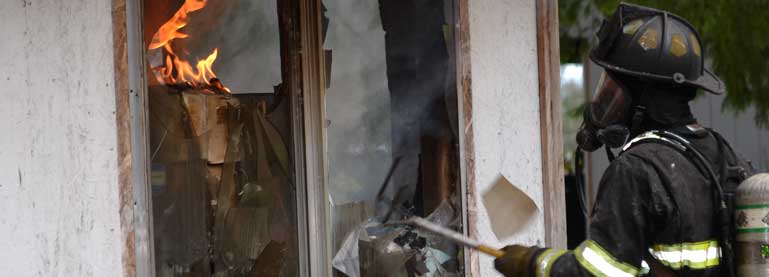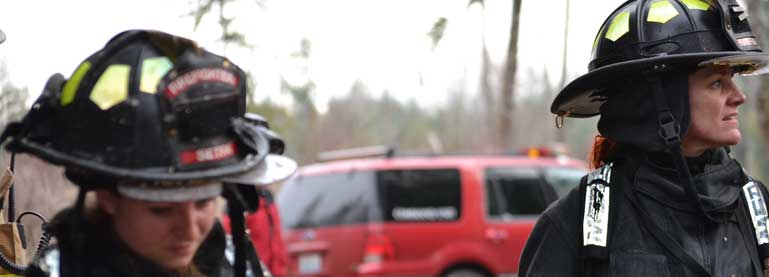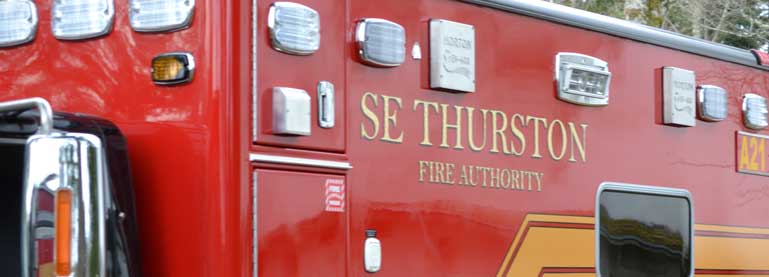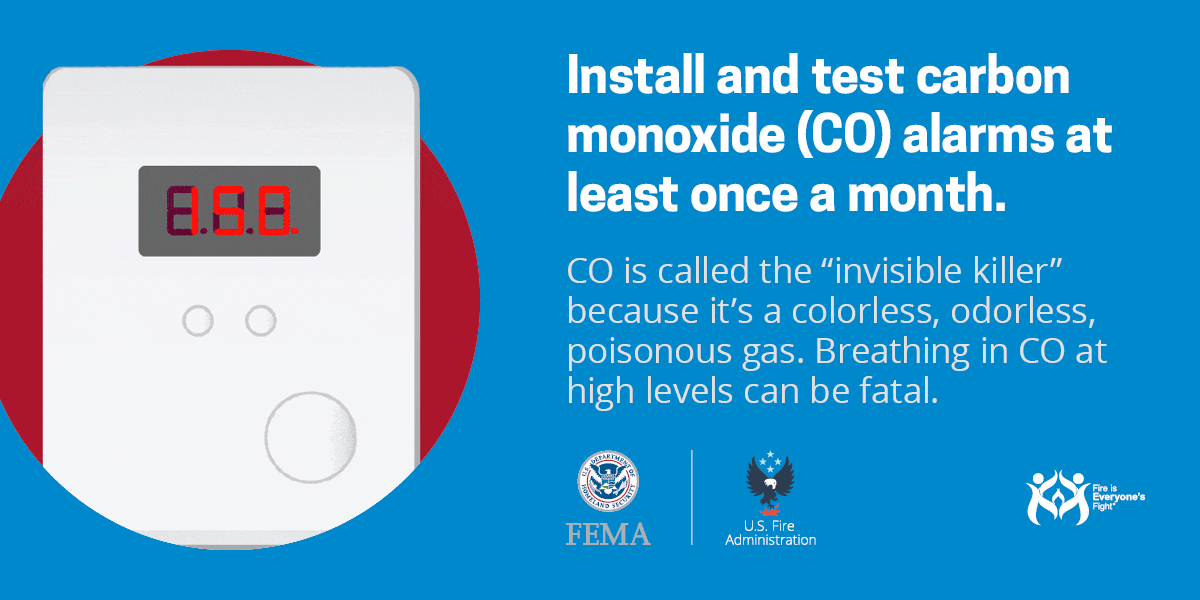
Carbon monoxide, also known as “the invisible killer”, has a sinister reputation among households. Many people are told to have carbon monoxide detectors in their homes alongside their smoke detectors, but they may not be told other important information, such as why we need these detectors, why carbon monoxide is dangerous, and where it comes from.
What is Carbon Monoxide?
Carbon monoxide is a colorless, tasteless, and nearly odorless gas that can come from several sources, though often is a result of incomplete oxidation of carbon during combustion. Carbon monoxide can be dangerous at low levels, and lethal at higher concentrations.
How Dangerous is Carbon Monoxide?
Carbon monoxide is incredibly dangerous, largely due to the fact that it is nearly undetectable without the proper tools.
Low amounts of carbon monoxide can cause fatigue, chest pain, and other symptoms, while higher amounts can cause headaches, dizziness, confusion, nausea, and vision impairments. While most symptoms can clear up after leaving the home for a period of time, prolonged exposure or very high concentrations can cause serious illness and damage, and potentially event be fatal.
What Causes Carbon Monoxide?
Carbon monoxide can come from many sources, though usually is a byproduct of combustion sources, such as a faulty furnace, a running vehicle, or a gas stove.
Carbon monoxide can come from:
- Improperly vented gas burners or heaters
- Faulty chimneys or funaces
- Gas stoves
- Gasoline-powered equipment (such as generators)
- Back-drafting from heat sources (furnace, wood stove, fireplace, etc.)
- Exhaust from a vehicle
How Can We Protect Ourselves?
The best way to prevent illness or death from carbon monoxide is to be ready to detect it. Many smoke detectors nowadays also have a carbon monoxide detecting function, but not all do. Never assume that your smoke detectors are ready for carbon monoxide, always double check, and if they don’t (or even if they might, but you’re not certain) get a dedicated carbon monoxide detector for your home. It’s best to place these near potential sources of the gas, such as near the entrance from an attached garage, in the kitchen, etc.

